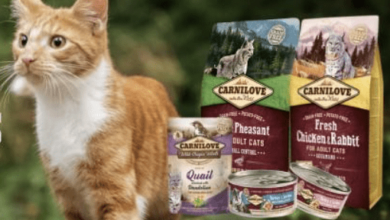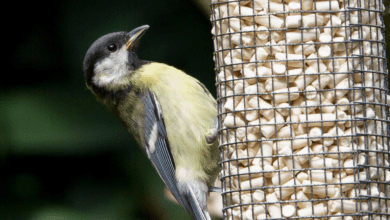Going wild

Summer is well and truly here! During July, flower borders are usually a riot of colour attractive both to us and to bees, butterflies and other flying insects. One special visitor your clients can look out for is the Hummingbird hawk moth.
A day-flying moth, it loves bright sunlight, and always causes a bit of a stir when it arrives. It does as its name suggests and acts like a Hummingbird, hovering by flowers like honeysuckle and jasmine, probing with its long proboscis to reach delicious nectar. The wings beat so fast they make an audible hum. Hummingbird hawk moths cannot survive the British winter, so migrate to and from southern Europe in autumn and spring.
July is a month of little rainfall and drought conditions are likely to occur. Bird baths become particularly popular throughout July, customers should expect queues of birds eager to splash about. Birds love to bathe at any time of the year even when the temperature sinks well below zero. But, in the height of summer, that water becomes even more tempting as birds, like us will want to cool down. It goes without saying, of course, that a regularly topped up birdbath with fresh clean water and a handful of mealworms is gratefully received.
Away from the garden, bold and adaptable gulls will spend this month raising their young. They are drawn to towns and cities by plentiful food and cliff-like nesting places on building ledges and roofs. There are seven species of Gull which regularly breed in the UK but two species have taken to nesting in close proximity to people.
Herring and lesser Black Backed Gulls are devoted parents and will attempt to drive anyway any people who stray too close. This can prove an inconvenience and can be quite intimidating considering their large size. However, it’s worth remembering the birds will soon return to their chicks, which they need to feed regularly, and by moving on quickly or raising an umbrella, an angry bird can be deflected.
Bird of the month – Turtle Dove
This dainty Dove, around the size of a Blackbird, was once heard purring on warm summer days in farmland across the UK. Turtle Doves are beautiful birds with intricate tortoiseshell patterns on their wings: but it’s their song, rather than their plumage, that gives them their name. Their “turrrr -turrrrrrrrrrrr” call earned them the title ‘tourterelle’ in France, which became ‘turtle’ in English.
Each summer Turtle Dove arrive in the UK from their wintering grounds in West Africa, before settling deep in thick hedgerows and scrub to raise their young. Unfortunately, their numbers have fallen dramatically in the last few decades and they are mainly limited to the east and south east of England.
There are many threats facing these birds, including loss of suitable areas to spend the winter in Africa, hunting on migration, and disease. However, the biggest problem for Turtle Doves in the UK is a lack of food during their breeding season.
Turtle Doves eat seeds of plants that grow wild in the countryside: clovers, fumitory, and vetches for example. But with less of this seed around they are now raising fewer chicks, creating a serious dent in their numbers before they even begin their perilous journey south.
Operation Turtle Dove, a partnership between Natural England, Pensthorpe Conservation Trust, Fair to Nature and the RSPB, aims to reverse this bird’s fortunes and give it a brighter future. Working with farmers, for example, the Operation Turtle Dove team are ensuring that there is seed food available during the summer, along with suitable places to nest and a supply of water nearby. Find out more at operationturtledove.org
To find out how your customers can give nature a home, visit: rspb.org.uk/homes













